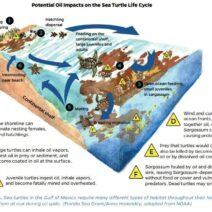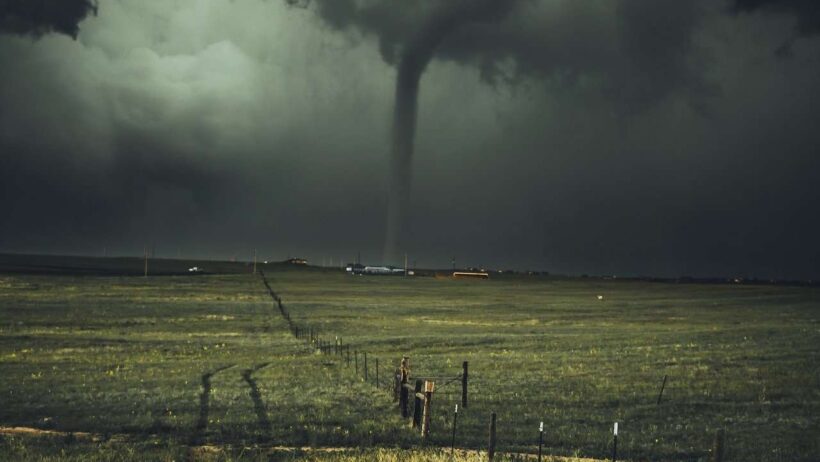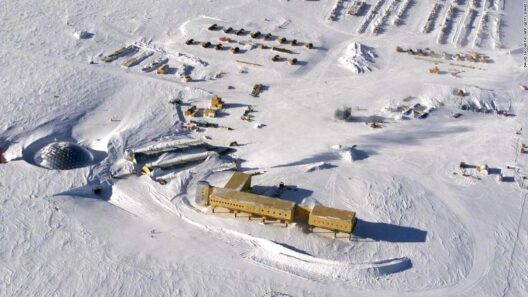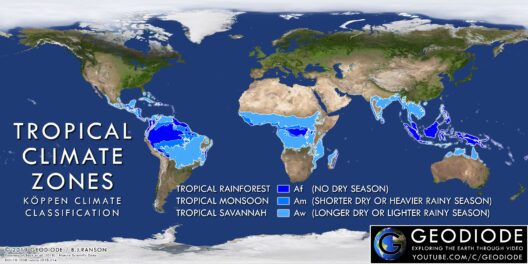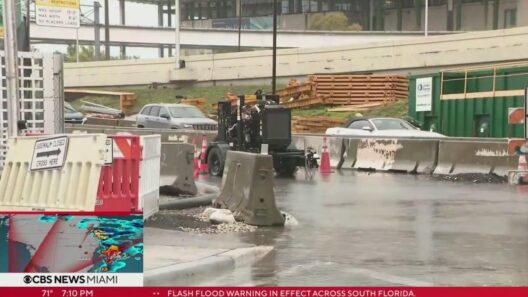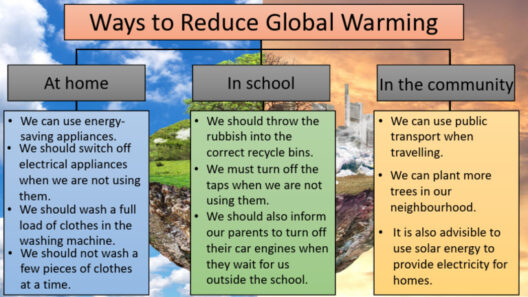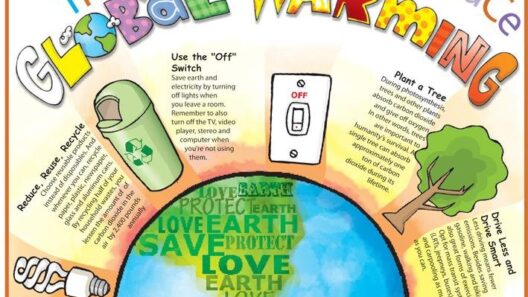As the planet warms, the intricate threads of climate begin to unravel, revealing a tapestry of environmental shifts. The phenomenon of tropical storms serves as a vivid illustration of these changes. To explore whether the rising incidence of these ferocious tempests is a direct consequence of global warming, we must delve into the science, statistics, and the broader implications of this escalating threat.
Tropical storms, or cyclones, are atmospheric whirlwinds that arise over warm ocean waters, fueled by heat and moisture. They begin innocuously enough—a whisper upon the waters, a mere ripple heralding their approach—yet can evolve into monstrous storms with winds that howl like banshees, wreaking havoc across coastal regions. But what underpins their strength and frequency? This inquiry brings us to the critical analysis of climate change.
Global warming, a multidimensional phenomenon primarily propelled by human activity, has led to increased atmospheric temperatures and continuously warming oceans. As ocean temperatures rise, the energy available for storm formation escalates, essentially providing fuel for these powerful systems. The correlation between warm seas and intensified storms is well-documented, suggesting a direct link bolstered by empirical observations and predictive modeling.
Researchers have observed a notable trend wherein tropical storm categories have not only become more extreme but have also increased in frequency. According to various climate models, the projections indicate a 25% increase in intensity for the strongest storms as the globe continues to warm. This exacerbation of storms is akin to adding fuel to a fire, igniting the potential for catastrophic events being more prevalent and more destructive.
Furthermore, the spatial distribution of these storms is also changing. Areas previously insulated from the ravages of tropical cyclones are becoming vulnerable as the so-called ‘tropical storm belt’ expands. The implications are far-reaching; coastal cities with burgeoning populations face unprecedented risks, while ecosystems are disrupted, and agricultural productivity is jeopardized. The specter of displacement looms, as communities are uprooted by the tempest’s unrelenting force.
In understanding the mechanics at play, it is vital to examine how global warming alters atmospheric dynamics. Warmer air can hold more moisture, which translates into heavier rainfall during storms. The torrential downpours, in conjunction with higher sea levels—also influenced by the melting polar ice caps—exacerbate flooding risks. The juxtaposition of wind and water creates a disastrous concoction that defines our changing climate landscape. Moreover, this combination poses challenges for forecasting and disaster preparedness, leading to more chaotic and unpredictable storm systems.
The anecdotal evidence is compelling; each hurricane season paints a vivid narrative of escalating storms—hurricanes Katrina, Sandy, Harvey, and Maria exemplify this tragic trajectory. Each storm carries with it stories of loss, resilience, and an urgent call to action, fueling the discourse around climate resilience and mitigation strategies. Visualizing these storms through the lens of human resilience underscores the necessity for communities to adapt, innovating ways to protect lives and livelihoods.
Nevertheless, attributing the changes in storm patterns solely to global warming overlooks the multifaceted nature of climate systems. Local factors, such as land-use changes, deforestation, and urbanization, also play a pivotal role. These anthropogenic influences can amplify the impacts of climate change, further complicating the storm narrative. Thus, while global warming is a significant catalyst, it thrives within a matrix of environmental determinants that shape storm behavior.
As we ponder the rising threat of tropical storms in a warming world, it becomes evident that societal responses must evolve accordingly. Climate adaptation measures are becoming paramount. Investing in resilient infrastructure, promoting sustainable land-use practices, and enhancing early warning systems are critical to mitigating storm impacts. In essence, we must learn to coexist with these powerful forces of nature, embracing a paradigm of preparedness rather than passive vulnerability.
Moreover, educating communities about the realities of climate change and its consequences is indispensable. Knowledge serves as both shield and sword—armoring against disinformation and empowering populations to advocate for robust policies. The dialogue around climate change must transcend scientific boundaries, embedding itself into our cultural narrative, illuminating the path toward sustainable solutions and collective action.
Ultimately, the question remains: are more tropical storms a result of global warming? The answer is imbued with complexity, yet the preponderance of evidence suggests a categorical ‘yes.’ The realms of meteorology and climatology continue to intertwine, revealing a sobering reality that as we indisputably alter the biosphere, the manifestations of that change will reverberate through our societies.
In closing, the rising threat of tropical storms serves as a clarion call for immediate action. It urges us to confront the specter of climate change with both urgency and a sense of responsibility. Our choices today will reverberate throughout future generations, shaping the world they inhabit—and whether they will face calmer seas or the wrath of an unleashed tempest that bears the imprint of our actions. The time for inaction has long passed; we stand at a precipice, and it is imperative that we harness our collective will to mitigate this escalating threat and safeguard our planet for the generations yet to come.


